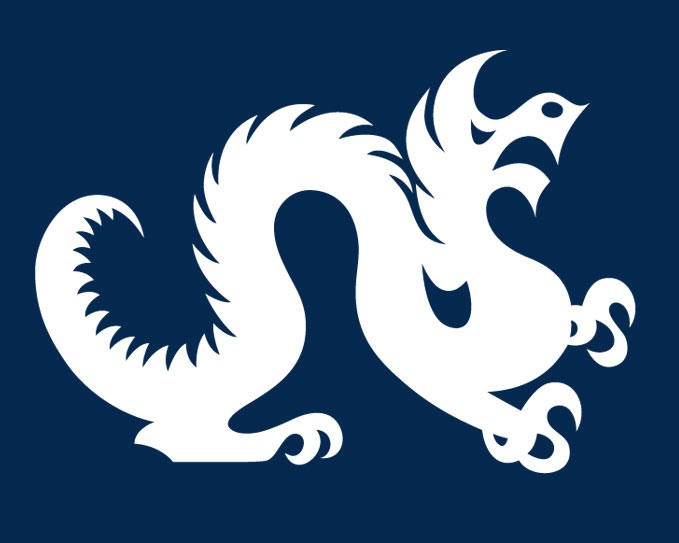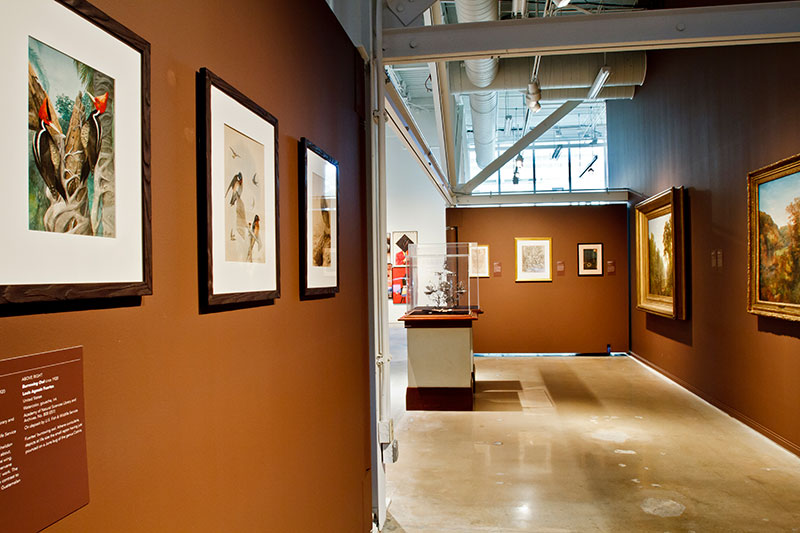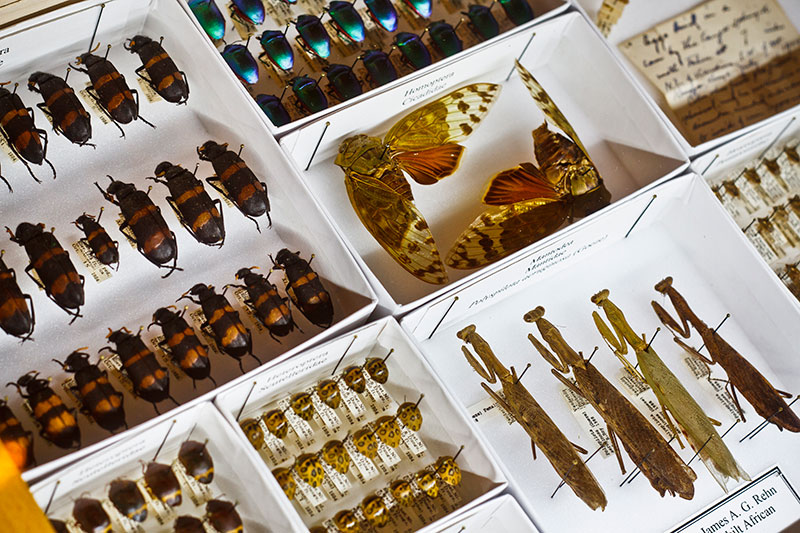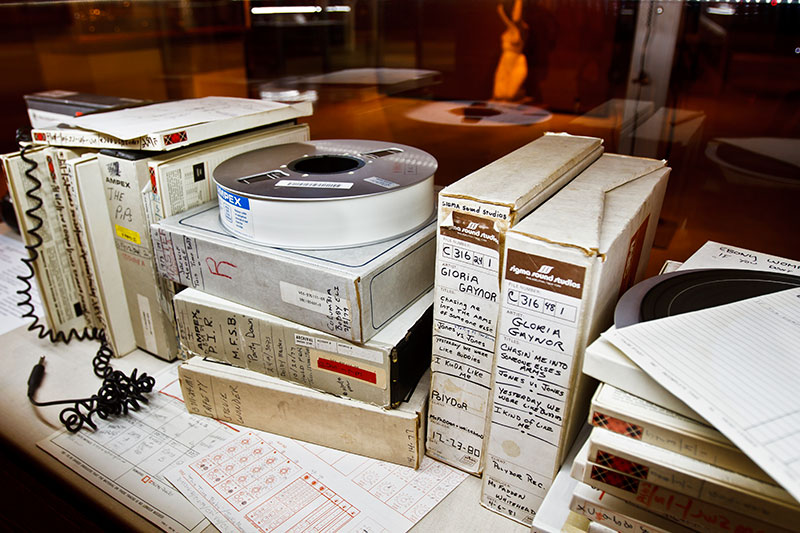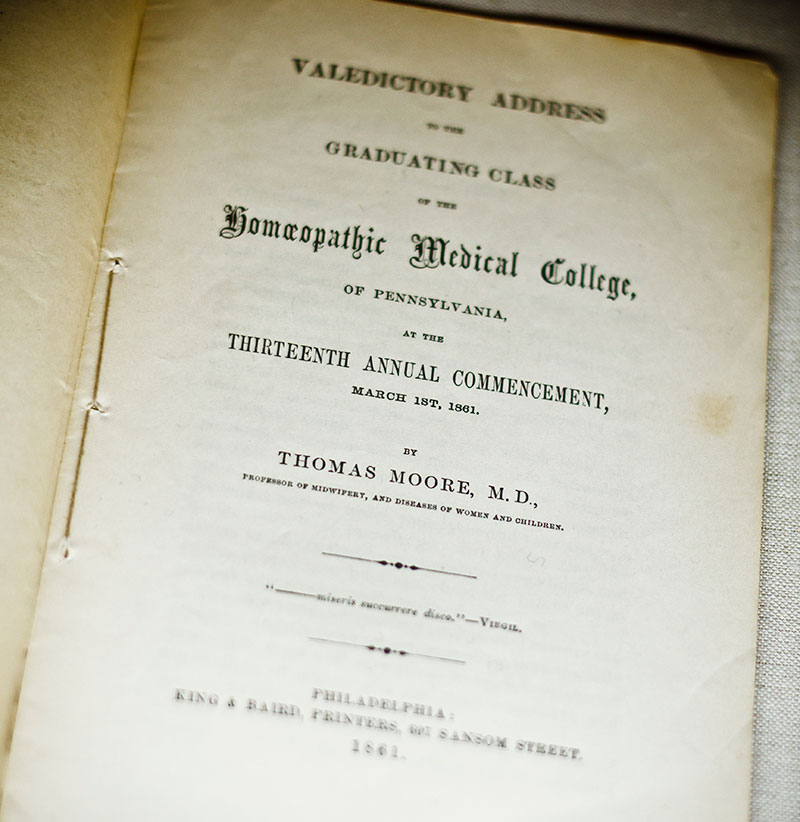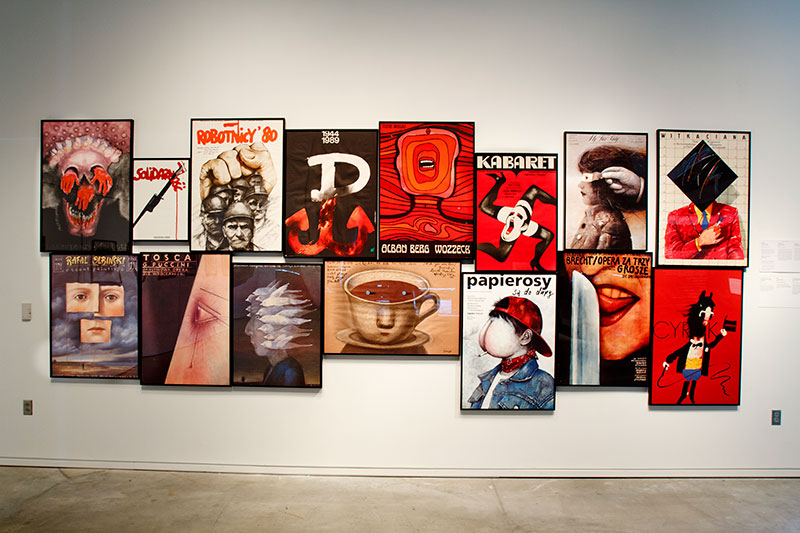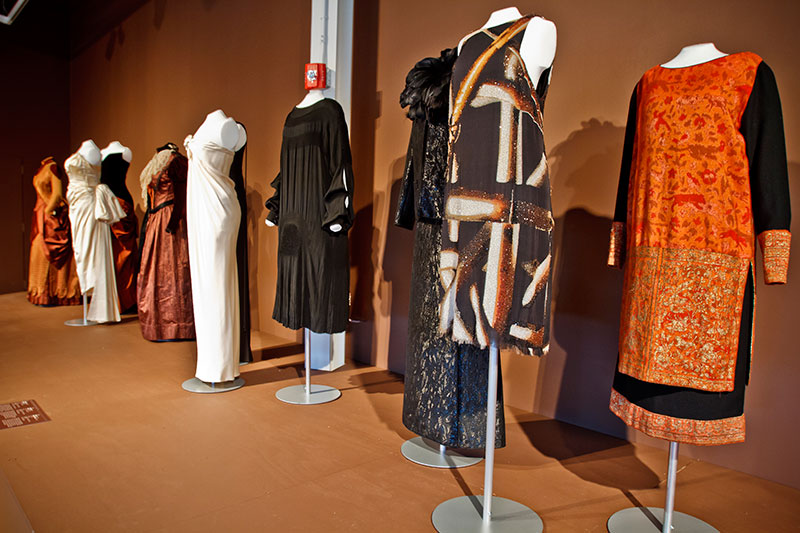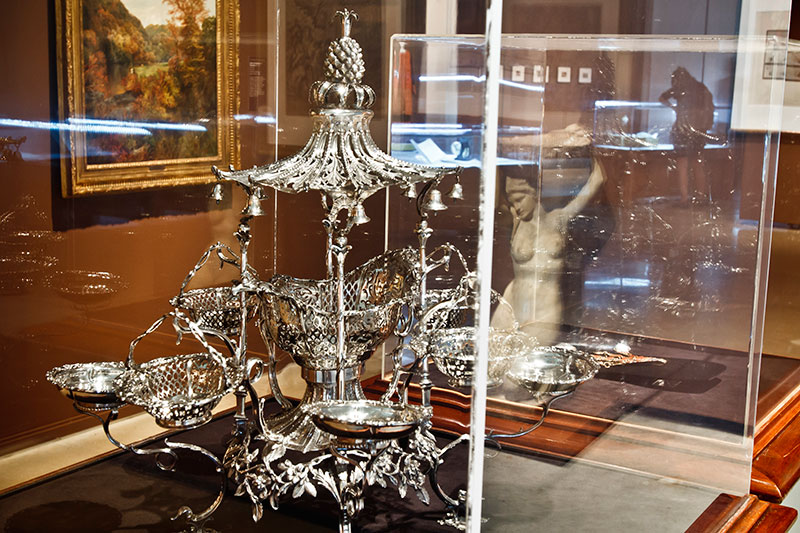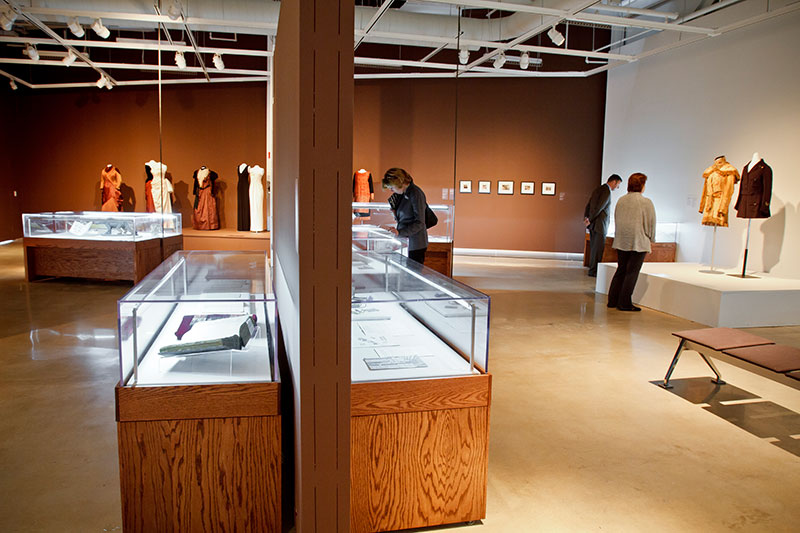The URBN Center Annex, located at 3401 Filbert St., celebrated its grand opening in April with the new Leonard Pearlstein Gallery, featuring the University’s most treasured works of art and archival artifacts. About 90 objects—dating from the 15th through 20th centuries—were exhibited together for the first time.
[Pictured below] The Drexel Historic Costume Collection currently has more than 12,000 objects. It includes articles of fashionable dress and accessories, folk costume and traditional dress, textiles, photos, illustrations and more.
The Leonard Pearlstein Gallery, part of Drexel’s Antoinette Westphal College of Media Arts & Design, exposed paintings, sculptures, prints and drawings, rare books, historical documents, political posters, costume collections and even a surgical amputation kit to the public free of charge.
[Pictured below] This selection of insects dates back to 1934 when James A. G. Rehn, a former Academy of Natural Sciences curator of entomology, served as the zoologist on the Vanderbilt African Expedition. Rehn contributed 14,000 insects to the Academy’s Entomology Collection after his 10-month journey.
[Pictured below] Sigma Sound Studios, the predominant site of music production in Philadelphia throughout the ‘70s and ‘80s, was in operation for 35 years. It drove Philadelphia to be one of the elite music cities in the world. Located in the Westphal College of Media Arts & Design, the Sigma Sound Studios Collection consists of 6,119 magnetic tape sound recordings.
A printed version of the speech to the 1861 graduating class of the Homeopathic Medical College of Pennsylvania, later Hahnemann Medical College, and one of the predecessor institutions of Drexel’s College of Medicine. The speech was delivered by Dr. Thomas Moore, a professor of midwifery and diseases of women and children. The transcript was donated along with a homeopathic medicine case and other items donated by Thomas and Harry Ullmann, descendants of Moore.
A design movement flourished after Nazi forces left Poland in 1945, giving the people of Warsaw a colorful and visual way to communicate. With 2,000 unique examples, Drexel’s Polish Poster Collection is one of the most extensive in the world.
[Pictured below] The Drexel Historic Costume Collection’s earliest documented objects—a group of late Renaissance velvets—date back to the late 16th century. Its most recent addition from 2012 is a pair of wedge booties by Italian designer Giuseppe Zanotti.
[Pictured below] Epergnes became popular in the 18th century, as entertaining developed and elegant centerpieces became popular. The George III Silver Epergne, 1765, was purchased by A. J. Drexel, who had each of the dishes engraved with the Drexel family crest, the Stag-and-Crown, and the initials of his wife.
[Pictured below] Through a selection of documents, photos and objects from the collection of the University Archives and Special Collections—including everything from a collection of Virginia Carter Castleman photographs of an early Main Building to a letter to A.J. Drexel from Ulysses S. Grant—the exhibition offered a glimpse into the social and academic history of the University.


